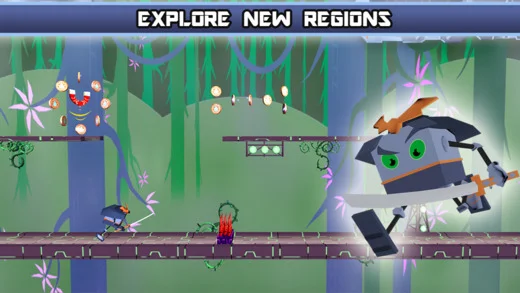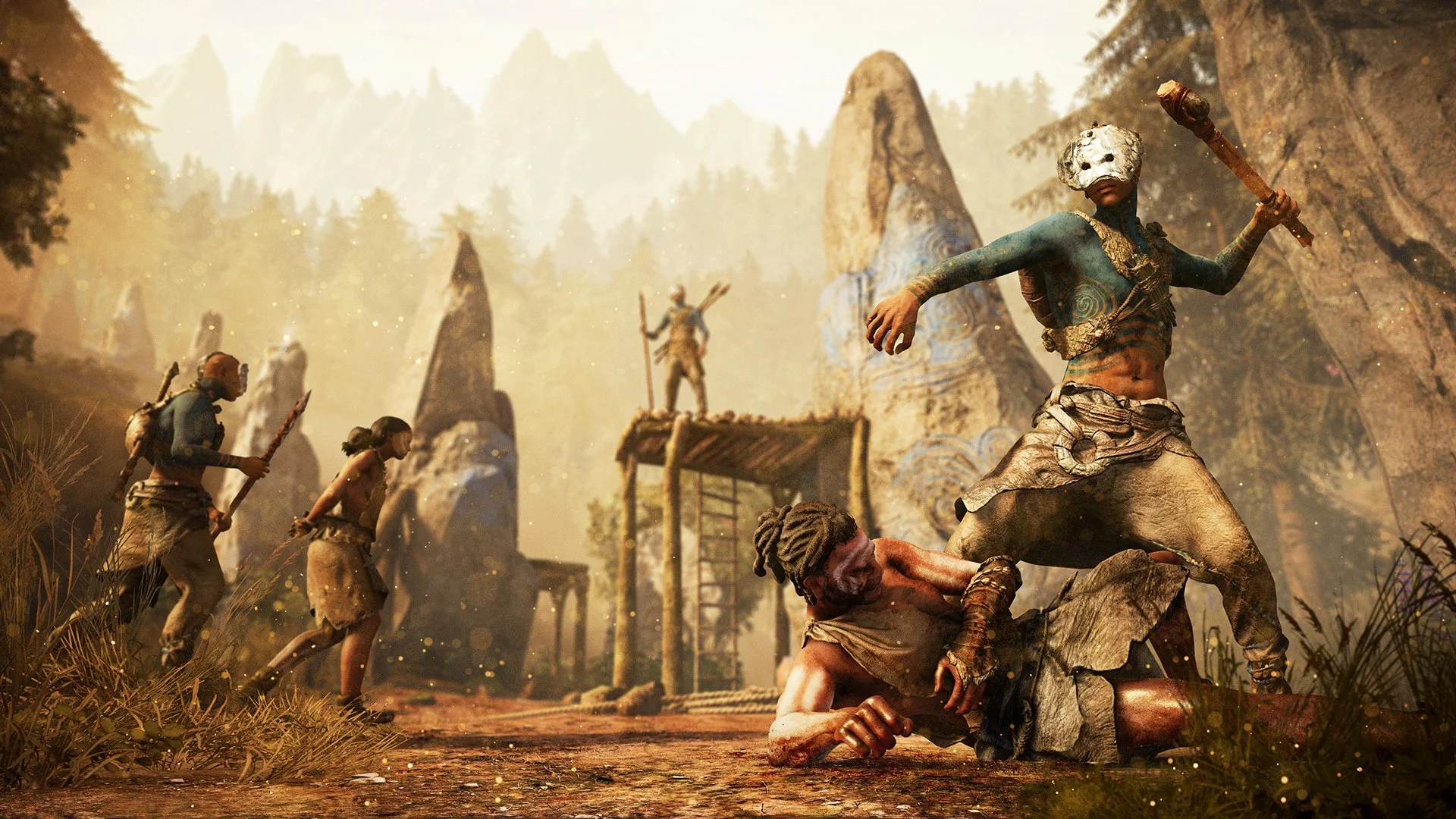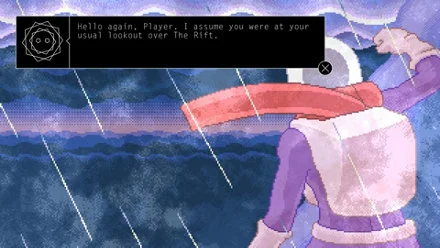TorontoGameDevs.com: What was the design process like for Valley? Did you have free range to create the music you thought would fit the mood, or was there specific notes from different members of the team?
In general, I had a lot of creative freedom. One thing I really appreciated about working with Blue Isle is that I had a working build of the game almost from day one — which happens a lot less often than you might think. The game itself was a fantastic source of inspiration, and I’d often hit upon ideas while exploring the landscape or leaping around in the L.E.A.F. suit.
That said, the other two members of the audio team (Brenden, the audio and technical director and Selcuk, the SFX designer) definitely gave me plenty of input through the process. I’ve worked with a lot of big audio teams in the past, and I think there’s definitely a “too many cooks spoil the stew” effect when too many people get involved in the music, but Selcuk and Brenden did a great job of balancing their own visions for the game’s soundtrack with my ideas. The live musicians with whom I worked also gave me some very helpful input, particularly in regards to using world instruments with which I was not familiar.
TorontoGameDevs.com: There's a lot going on in Valley. There are open world elements within forested areas, buildings, underground mines, etc. You get to move really fast, and jump extremely far as you traverse this world, but there is a lot of historical pieces from the 40s told to the player while they are playing. How did this contribute to the overall soundtrack for the game?
One of the biggest challenges in tackling projects of this scope is balancing variety with cohesiveness. You don’t want to bore the player by repeating the same motifs over and over, but you also don't want a complete musical disconnect between the themes associated with different areas. For example, I made a conscious choice to write sweeping orchestral music for the outdoor areas and more distorted, electronic music for the darker indoor environments, but I approached the indoor areas with a mindset of muting and warping the outdoor style rather than selecting a whole different musical palette. Amrita, the theme for the final level and one of my favorite pieces from the soundtrack, blends pads and electronic sounds with some warped live flute.
There’s a lot of subtle melodic and textural motifs weaved into the soundtrack, so the idea is that they help weave the disparate elements together. This is probably more of a subconscious phenomenon — I doubt that most people are listening intently to recognize the musical motifs as the play the game — but I think it does contribute to the player’s immersion. This is most important at the end of the game, where the final track states outright a lot of the themes that previous pieces have been hinting at. As I’m sure your readers who have finished the game can attest, the ending of the game is definitely a cathartic experience, so I hope that the final piece reflects and amplifies the feeling of cleaning and completion.































































![Limited Run Games Releases Home On PlayStation 4 and PlayStation Vita [Updated]](https://images.squarespace-cdn.com/content/v1/5516beafe4b0c6d76a97bb4d/1518223639420-3H6GLTNE9AU4FPD6B4FR/home.png)


Solo indie dev expert and longtime friend-of-the-site Devon Wiersma joins us to talk their latest release Centauri Dark, working across AAA, mid-sized and solo indie dev and how to fix this goshdarn industry.